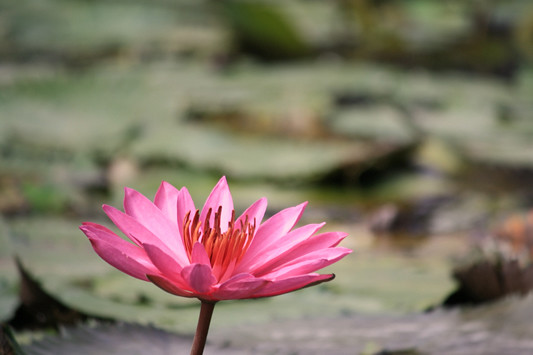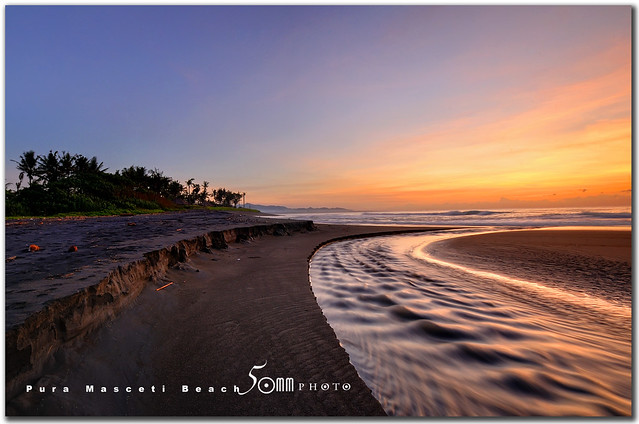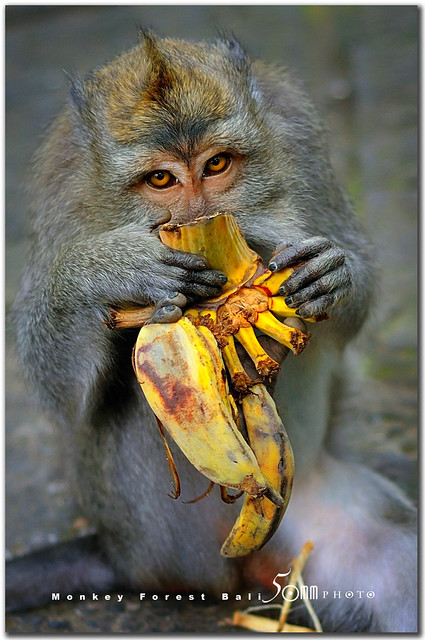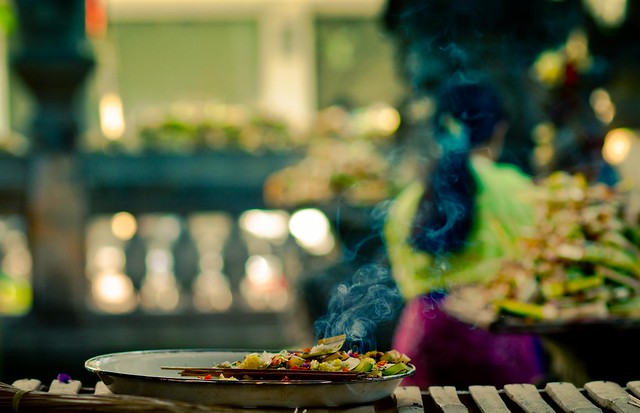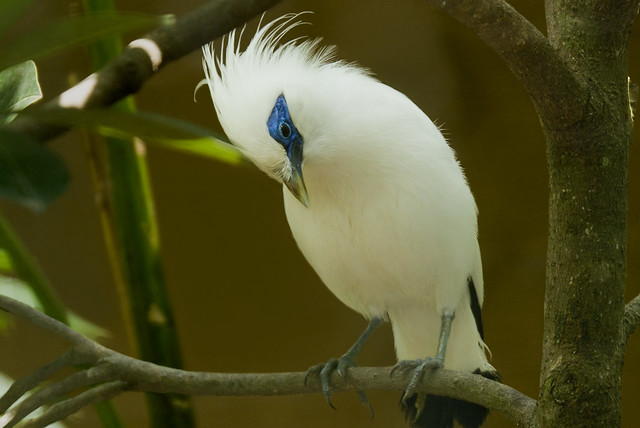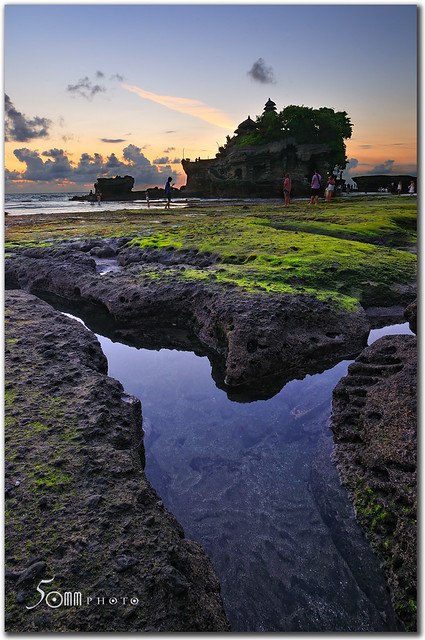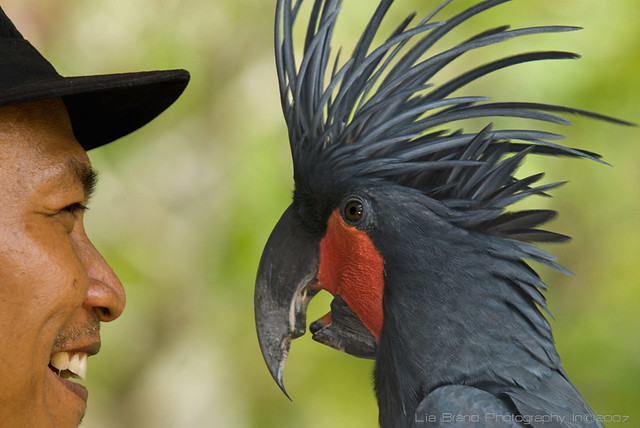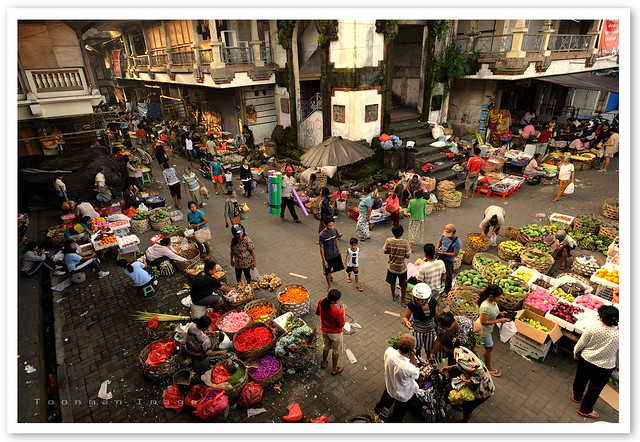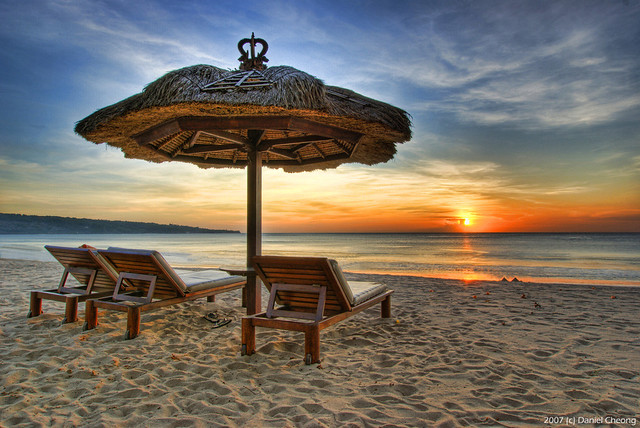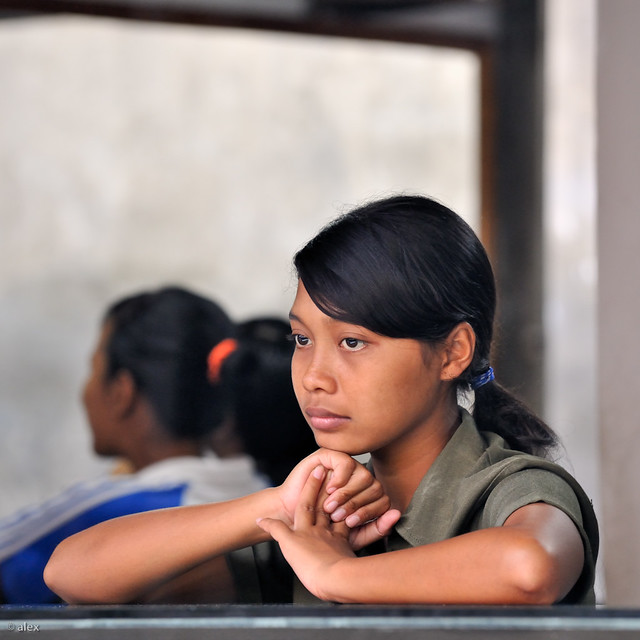There’s a lot more going on in Bali than idyllic beaches, thrifty shopping finds and roaring nightspots. Get in touch with your inner history geek and get to know a different side of Bali. There is much more to this island than first meets the eye …
Gunung Kawi, Pakerisan Valley
Located about a mile south of Tampaksiring, Gunung Kawi, is one of Bali’s oldest monuments, which dates back to the 11th century. It comprises of ten royal rock-cut candi (shrines) that have been carved out of the face of the stone cliffs, each of which is an imposing eight metres high. There are more than 300 steps to climb to get there, but the scenic views of rice fields below are more than worth the sore thigh muscles once you reach the top.
Pura Taman Ayun, Mengwi, West Bali
The Taman Ayun Temple is a royal shrine that was built in 1634 during the golden-era of the Mengwi. The temple was originally built as a Hindu temple in 1634 for worshipping the god Wisnu and deity Pitara. Regarded as one of the more attractive temples in Bali, Taman Ayun is a fine example of Balinese architecture. Surrounded by a wide moat and an expanse of attractive gardens and ponds, Taman Ayun makes for a pleasant excursion and is also not too far away from the Pura Tanah Lot.
Pura Tanah Lot, West Bali
This picturesque sea temple is located on a large reconstructed rock, just off the main shore. It is one of a number of sea temples that were constructed in the 16th century to honour the sea gods on the south coast. There are said to be several large caves just below the water line at the base of the rock, that house a number of large sea snakes that guard the temple. You can reach the temple by scrambling over the rocks at low tide, or enjoy it from a distance at high tide. You won’t be allowed to go inside however as the sacred temple is for Balinese natives only. This is a popular tourist destination to photograph, particularly at sunset, so be mindful of enthusiastic crowds wanting to get that perfect screen-saver shot.
Bajra Sandhi, Renon Square, Denpasar
Renon, the business hub of Denpasar is home to the often-overlooked Bajra Sandhi (the Bali Historical museum). This museum is a great place to get acquainted with Balinese history and even comes equipped with explanatory dioramas! There’s nothing like a good diorama to help you digest oodles of historical information. The large park that frames the museum is a popular place for locals to meet up and kick a ball in and has an easy, laidback atmosphere. The Bajra Sandhi is a great place to find out a little more about authentic Balinese history and stretch your legs out for a walk.
The Jatiluwih rice terraces are a truly a sight to behold and will redefine how you describe the colour green.
Jatiluwih Rice Terraces
The Jatiluwih rice terraces are a truly a sight to behold and will redefine how you describe the colour green. They are seriously green. Located about 20 km from Tabanan, West Bali, the centuries-old rice terraces look like a series of lush, narrow steps built into the Balinese countryside. Featuring a backdrop of Mount Batukaru, this breathtaking example of terraced agriculture gives you a peek into rural Bali and a chance to get away from the hustle and bustle of the main cities. As the terraces are about 800 metres above sea level, you also get the added bonus of an enjoyably cooler atmosphere to explore in. This destination offers something a bit different to many other tourist hot spots in Bali, and is probably the closest thing you will ever get to experiencing Balinese rural life, as it was hundreds of years ago.
Jatiluwih Rice Terraces via Agung tours.
Museum Negeri Propinsi, Denpasar
If you find yourself all ‘templed out’ (which is easy to do in the ‘Land of the Gods’), take some time out and visit the Bali Provincial Public Museum. The Negeri Propinsi is the oldest museum on the island and was founded in 1910 by a Dutch resident, and then officially opened in 1934. It houses up to 10,506 exhibits of art, ancient inscriptions, agricultural and ritual tools, ceramics, weapons and more.
Pura Tirta Empul, Tampaksiring
Tampaksiring is a small village 18kms northeast of Ubud and is home to the Tirta Empul Temple and holy springs. A long rectangular stone pool filled with koi fish and is eternally topped up by the spring water filtered through by 12 fountains. It is said that the god Indra created the sacred spring when he was poisoned. As legend has it, he pierced the earth and created a fountain of immortality. What we do know for sure is that there is an inscription that dates back to the founding of a temple at the site to 926 AD, and ever since this was discovered, the Balinese have come to bathe in the sacred springs due to its curative and restorative powers. Worshippers often make an offering at the temple before climbing into the main pool to immersing themselves in the cleansing water to pray.
Pura Besakih, Besakih Village, Rendang, Karangasem
Pura Besakih, otherwise known as the Mother Temple of Besakih, is the largest and holiest temple in Bali. Residing on the south-western slopes of Gunung Agung, it sits 1,000 metres high and contains at least 86 temples, including the main Pura Penataran Agung (the Great Temple of State). The Pura Besakih has been observed as a holy place since pre-historic times in Bali. The first recorded mention of its existence is from an inscription that dates way back to 1007 A.D. The best time to visit for a history buff pilgrimage is in the early morning and in the evening. These times will allow you time to ponder such things as the three temples dedicated to the Hindu trinity and the majestic natural environment.
Goa Gajah, Bedulu Village, Ubud
The Goa Gajah, also known as the Elephant Cave is located over the Petanu River. Interestingly, the cave gets its name from the carving of a demon that has elephant-like ears at the entrance, but actually doesn’t have to do with elephants, as there were no elephants in Bali until modern times. Inside you will find a phallic symbol of the Hindu god Shiva and Shiva’s son, his elephant-headed son Ganesha.
 The Elephant Cave in Ubud via Lucien Kivit
The Elephant Cave in Ubud via Lucien Kivit
Badung Puputan Park, Denpasar
Badung Puputan Park is the location of a 1906 battle in which the King of Denpasar led a suicidal massacre against Dutch colonialists. The king, his family and thousands of followers dressed in white and armed themselves with traditional Balinese swords and faced the Dutch soldiers who were equipped with guns. As the Dutch fired, the proud Balinese defenders turned their swords on themselves. Over 3,000 lives were lost. The park features an impressive monument depicting three defiant Balinese figures with raised swords in the middle of a large pond. The attractive park is a popular place for locals to chill in during their lunch break.
Bali Bombing Memorial Site, Kuta
A somber place to visit is the Ground Zero Monument, a memorial dedicated to the lives lost in the Bali bombings of 2002. The memorial consists of intricately carved stone and is set with a large marble plaque that displays the names and nationalities of the 202 victims of the terrorist attack. A fitting dedication to such a dark day in modern history.





